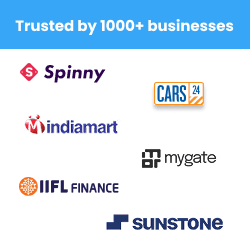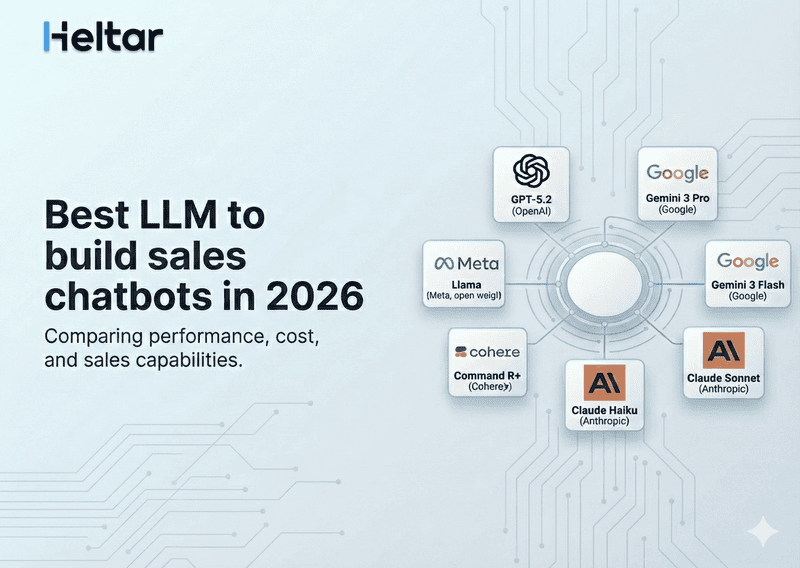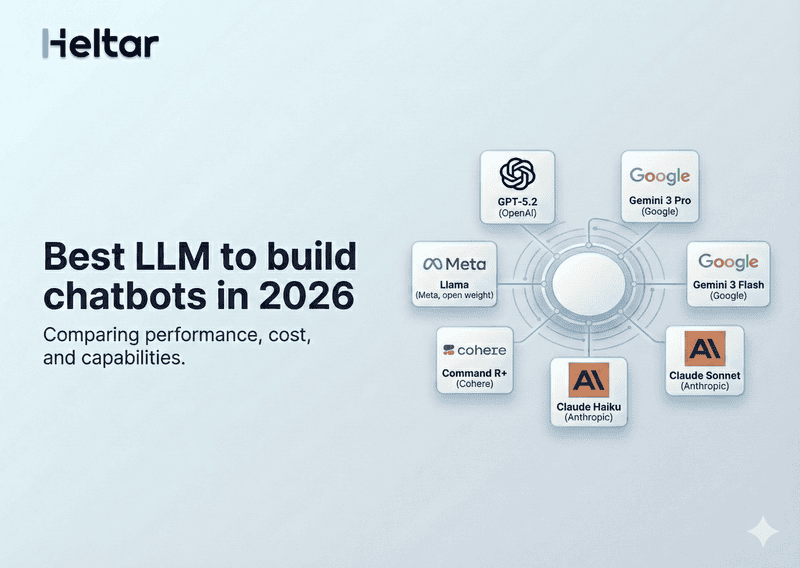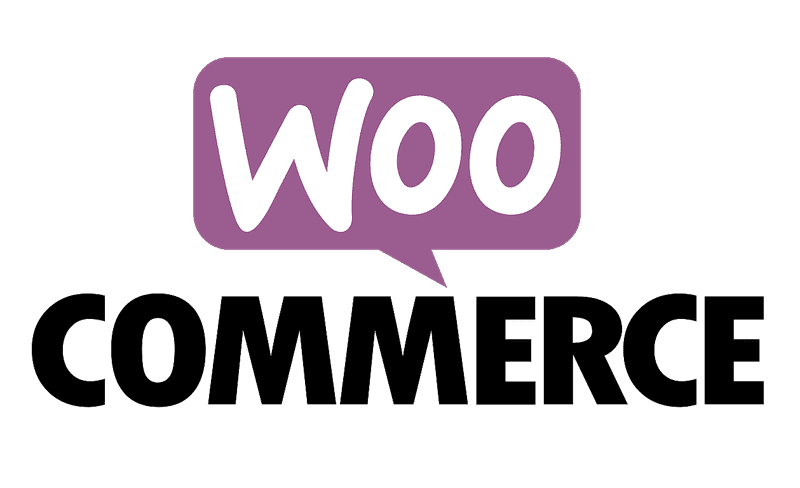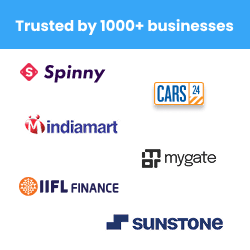When running Meta ads (Facebook, Instagram, Messenger & WhatsApp), there are two primary ways to purchase ad placements: Reservation and Auction. While both buying types allow you to promote your business on Meta platforms, the outcomes and objectives you can achieve with each are fundamentally different.
Understanding Fundamentals through Real-Life Example
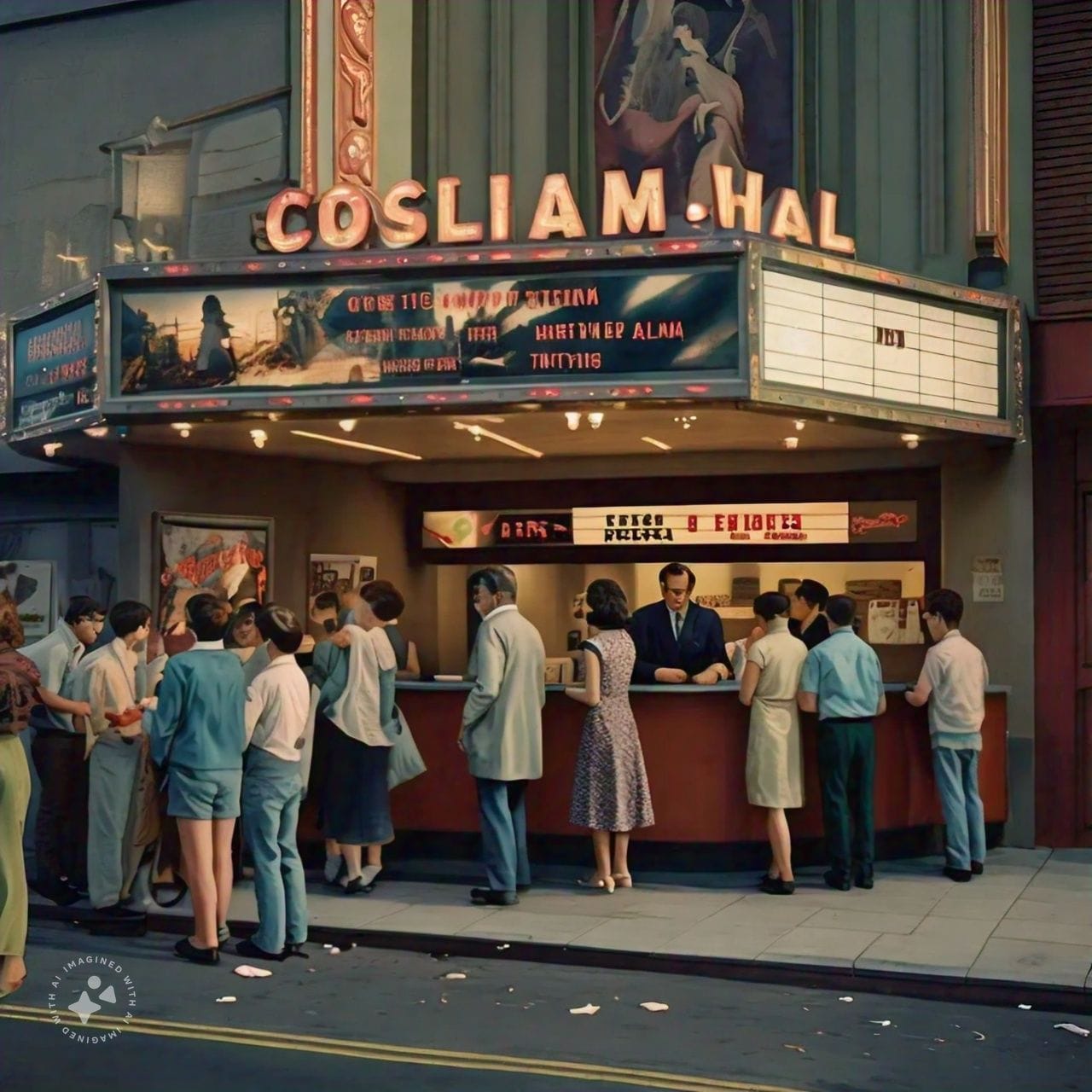
Let’s say you’re planning a big movie night with friends, and you have two ways to get your tickets. First, there’s the Auction route, which is like trying to buy tickets last minute. You’re bidding for the best seats, and if it’s a quiet night with fewer people, you might get a great deal and pay less. But if it’s a blockbuster premiere with lots of competition, prices can shoot up, and you might end up paying more. On the flip side, the Reservation option lets you book tickets well in advance, locking in a fixed price. You’ll know exactly how much you’re paying, but it usually requires a bigger budget upfront because you're securing the best seats with a guarantee, regardless of how crowded or quiet the theater might be.
So, what do we imply from this:
Reservation ads offer a high degree of predictability and control. When you choose this method, Meta secures the ad space for you at a fixed cost, ensuring a specific reach and frequency with minimal variation. You set a fixed budget, which gives you complete oversight of how, when, and how often your ads will be shown. This approach eliminates uncertainty allowing you to know exactly how many impressions you’ll get and how much you’ll pay upfront. This makes Reservation ideal for campaigns focused on building brand awareness or reaching a broad audience consistently, with no surprises in cost or reach. It also requires a large target audience at least 200,000 people to run effectively which needs a large budget allotted to the campaign as well. While this method provides certainty, it limits flexibility, as you won’t be able to adjust your campaign once it’s underway.
On the other hand, Auction ads prioritize flexibility and performance. In this approach, you’re competing for ad space on Meta’s platforms like Facebook, Instagram, Messenger, and Audience Network. But unlike a typical auction, winning isn't just about having the highest bid. Meta evaluates other factors like the quality of your ad and the expected engagement rates. The quality score is based on feedback from users, like whether they hide or interact with your ad, while also checking for things like clickbait or misleading content, which can negatively impact your chances. Estimated Action Rates (eAR) play a key role, as Meta uses algorithms to predict how likely someone is to engage with or convert from your ad. This auction approach allows you to optimize for specific goals like leads or conversions and gives you the flexibility to tweak your bids and strategies throughout the campaign. Auction ads are particularly beneficial for smaller businesses with limited budgets, as they offer greater control over costs and the ability to make adjustments as the campaign progresses.
Key Differences Between Reservation and Auction in Meta Ads: Budget, Bidding, Performance, and More
Now, let's break down these aspects in detail: Budget, Bidding, Performance Goal, CPM, and Frequency Controls, for both Reservation and Auction, using both B2B and B2C examples to illustrate how each buying type works.
1. Budget: Fixed vs. Flexible
In a Reservation campaign, you set a fixed lifetime budget that is spread evenly across the entire campaign duration. This means the total amount you’ll spend is predetermined, and Meta guarantees your ad will be shown a specific number of times at a fixed cost. The budget allocation remains consistent daily, giving you predictable spending and steady exposure throughout the campaign. This method is best suited for businesses that prioritize brand awareness and want consistent reach without worrying about performance fluctuations. However, this approach doesn’t allow adjustments mid-campaign once the budget is locked in.
In Auction campaigns, you have more flexibility, as you can set either a daily or lifetime budget, and Meta dynamically adjusts how the budget is spent based on ad performance, competition, and other factors like time of day. By enabling Meta’s Advantage Campaign Budget, the system automatically redistributes funds in real time to the best-performing ad sets, maximizing your spending efficiency.
The Advantage Campaign Budget allows for more flexibility - you might find it useful when the campaign aims at different target audiences, or multiple ad sets are running simultaneously. Still, the budget type of all the ad sets must be the same-daily or lifetime, the same buying strategy for bids (either highest volume, bid cap, or cost per result), as well as delivery optimization if the highest volume strategy is used. With ad sets totaling over 70, for large campaigns, this will ensure that only minor adjustments will be required once the campaign launches.
With a lifetime budget, you can also time your ads to run at specific moments, thus having more control over when your ads appear, which could be useful if your audience is generally more active during certain hours or days. You should note as well that after turning Advantage Campaign Budget on, you must let it stay active for at least 2 hours before you can switch it off again; thus proper timing of your campaign adjustments is key.
Example: Fitness App Campaign: Reservation vs. Auction Strategy Breakdown
Business Scenario: A fitness app is preparing a 14-day campaign for New Year’s resolutions, targeting health-conscious individuals. The goal is to drive app downloads and sign-ups. The total budget is $70,000, and the campaign needs to determine whether to use a Reservation or Auction strategy.
Refer to the table below for a clear comparison of how Reservation (Fixed Lifetime Budget) and Auction (Flexible with Advantage Campaign Budget) impact budget distribution, performance, and results.
Metric | Reservation (Fixed Lifetime Budget) | Auction (Flexible with Advantage Campaign Budget) |
|---|---|---|
Budget Type | Fixed lifetime budget spread evenly ($70,000/14 days) | Dynamic lifetime budget ($70,000 total, but daily spend varies) |
Daily Spend | Fixed at $5,000 per day | Flexible, spending more on high-performance days (e.g., $7,000 on weekends due to youth being more active, $3,000 on slow days) |
Ad Set Budget Allocation | Evenly distributed across all ad sets | Budget reallocated to top-performing ad sets in real time |
Performance Optimization | No adjustment; fixed allocation regardless of performance | Meta shifts more budget to best-performing ad sets |
Predictability | Predictable, consistent daily spend | Flexible, allows for budget shifts based on real-time performance |
Best For | Brand awareness, steady exposure | Conversion-driven campaigns, maximizing ROI through flexible spending |
2. Bidding: Automatic v/s Highest Volume
Bidding is crucial because that is how your Meta Ads budget will be distributed. Two approaches of bidding exist: Automatic Bidding for Reservation and Highest Volume Bidding for Auction-the latter determines the competition level of reaching the target audience by the ad.
Automatic Bidding (Reservation): Meta sets a fixed CPM for your campaign - providing you with predictable pricing and steady ad delivery during the entire campaign period. This is suitable for brand awareness where constant exposure really matters.
Highest Volume Bidding (Auction): With this approach, you set a specified action - such as clicks or conversions - for which you want Meta to automatically adjust the bid in real-time to compete with other advertisers. This will enable you to help get the most out of performance and generate more conversions, especially where you use action-based goals.
Example: Optimizing Budget with Automatic vs. Highest Volume Bidding for an Electric Vehicle Launch
The car company launching an electric vehicle (EV) chooses Automatic Bidding in Reservation for a fixed CPM of $20 to ensure stable costs and consistent visibility. This means the company pays $20 for every 1,000 impressions, regardless of external competition or demand fluctuations, ensuring steady exposure over the entire campaign period.
In contrast, with Highest Volume Bidding in Auction, the company sets a bid (for example, $15 per click or test-drive booking). Meta then dynamically adjusts this bid in real time, depending on competition and audience behavior. For instance, if many advertisers are targeting the same audience during peak hours (such as weekdays), the bid might increase to $18 per click to stay competitive and secure more impressions. However, during off-peak times (like evenings), when fewer competitors are bidding, the bid might drop to $12 per click. This flexibility allows Meta to allocate the budget more efficiently, focusing on driving the highest volume of conversions (in this case, test-drive bookings) at the best possible price.
3. Performance Goal: Reach vs. Engagement
In Meta ad campaigns, your performance goal depends on the buying type and what you are aiming to achieve. For example, with reserve bidding, your goal is defaulted to reach, which simply means showing your ad to as many people as possible in your target audience. This tactic is well suited for reach-heavy awareness campaigns, where more users you can expose your ad to, regardless of how they interact with it, the better. Other options available in Reservation are Ad Recall Lift, which, in essence measures how well your audience is in remembering the ad, and ThruPlay which ensures users watch video ads through till the very end.
Compared to that, however, is how much more flexible Auction is with engagement goals beyond just Reach. You can optimize for metrics like Impressions, paying attention to how often your ad shows up or even metrics such as Ad Recall Lift or ThruPlay. In a lot of ways, Auction allows for a much more nuanced goal such as 2-Second Continuous Video Views where you're optimizing for users who watch at least two seconds of your video. This makes Auction a good fit for performance-oriented campaigns where the emphasis is on driving specific actions-such as clicks, video views, or conversions with more control over exactly how your budget is actually used to drive those outcomes.
4. CPM: Fixed vs. Dynamic Pricing
When running Meta Ads, the Cost per 1,000 impressions (CPM) determines how much you pay to show your ad to a thousand people. The way CPM is calculated differs significantly between Reservation and Auction campaigns, and understanding this difference can help you choose the right approach for your business goals.
Reservation: Fixed CPM
In Reservation campaigns, the CPM is fixed. This means you pay a predetermined amount for every 1,000 impressions, regardless of changes in competition or demand for the target audience. Fixed CPM ensures predictable costs, making it ideal for businesses that value consistency in both ad delivery and budgeting.
Example:
If a company sets a fixed CPM of $12, they will always pay $12 for every 1,000 impressions, even during high-traffic periods when many advertisers are competing for the same audience. This stability provides peace of mind, allowing the business to stick to its budget and know exactly what to expect in terms of spending throughout the campaign.
Auction: Dynamic CPM
In Auction campaigns, the CPM is dynamic and fluctuates based on the competitive landscape. When many advertisers are targeting the same audience, the CPM will rise, increasing costs. Conversely, during periods of low competition, the CPM decreases, providing savings. While this allows for greater flexibility, it can make cost prediction more challenging.
Example:
A business running an Auction campaign might see their CPM rise to $20 during high-demand times, like the holiday season, and drop to $8 during off-peak periods. This dynamic pricing allows the business to adjust in real-time, paying more to stay competitive when necessary and saving money when competition is lower.
5. Frequency Controls: Target Frequency vs. Frequency Cap
Controlling how frequently your audience is seeing your ad is important for ensuring that you continue to maintain effective exposure without the potential of ad fatigue. Meta offers two different frequency control options based on the buying type. There's Target Frequency in Reservation campaigns and Frequency Cap in Auction campaigns.
Reservation: Target Frequency
By Target Frequency in Reservation campaigns, you can further determine just how many times the individual will view your ad during a specific time period. Actually, it gives consistent and repeated exposure to reinforce the brand message without worrying about over-exposure to the users.
Example:
A software company launching a new business tool sets up a target frequency of 4 times per week. Meta ensures that each individual in the audience sees the ad up to four times per week. That way, the company remains top-of-mind with the audience, not overly exposed, which is perfect to build long-term brand recall and trust.
Auction: Frequency Cap
There's the Frequency Cap, which, on Auction campaigns, limits the number of instances during the course of the campaign when a user would view the ad. This would help with ad fatigue issues but maintain visibility. This ensures that users will not be receiving too many duplicate versions of the same ad.
Example:
An e-commerce brand running a flash sale wishes to constrain the frequency to 6 impressions per user. This would allow no more than six impressions during the sale, enough to establish exposure for conversion, but not annoying to the prospect.
Our Advice
Choosing the right buying type for your Meta Ads campaign—Reservation or Auction—depends largely on your goals, budget, and how much control you want over the campaign’s performance.
When to use Reservations?
- Your goal is brand awareness or reaching a large audience consistently.
- You prefer fixed costs (set CPM) and predictable spending.
- You want to control ad frequency to ensure your audience sees your ads a certain number of times.
- You have a larger budget and need stable exposure across a broad audience.
When to use Auctions?
- You have a smaller budget and need flexibility.
- Your goal is to optimize for conversions, leads, or clicks.
- You want control over your bidding strategy and the ability to adjust based on real-time performance.
- You need to maximize ROI by dynamically steering your campaign towards the best-performing results.
